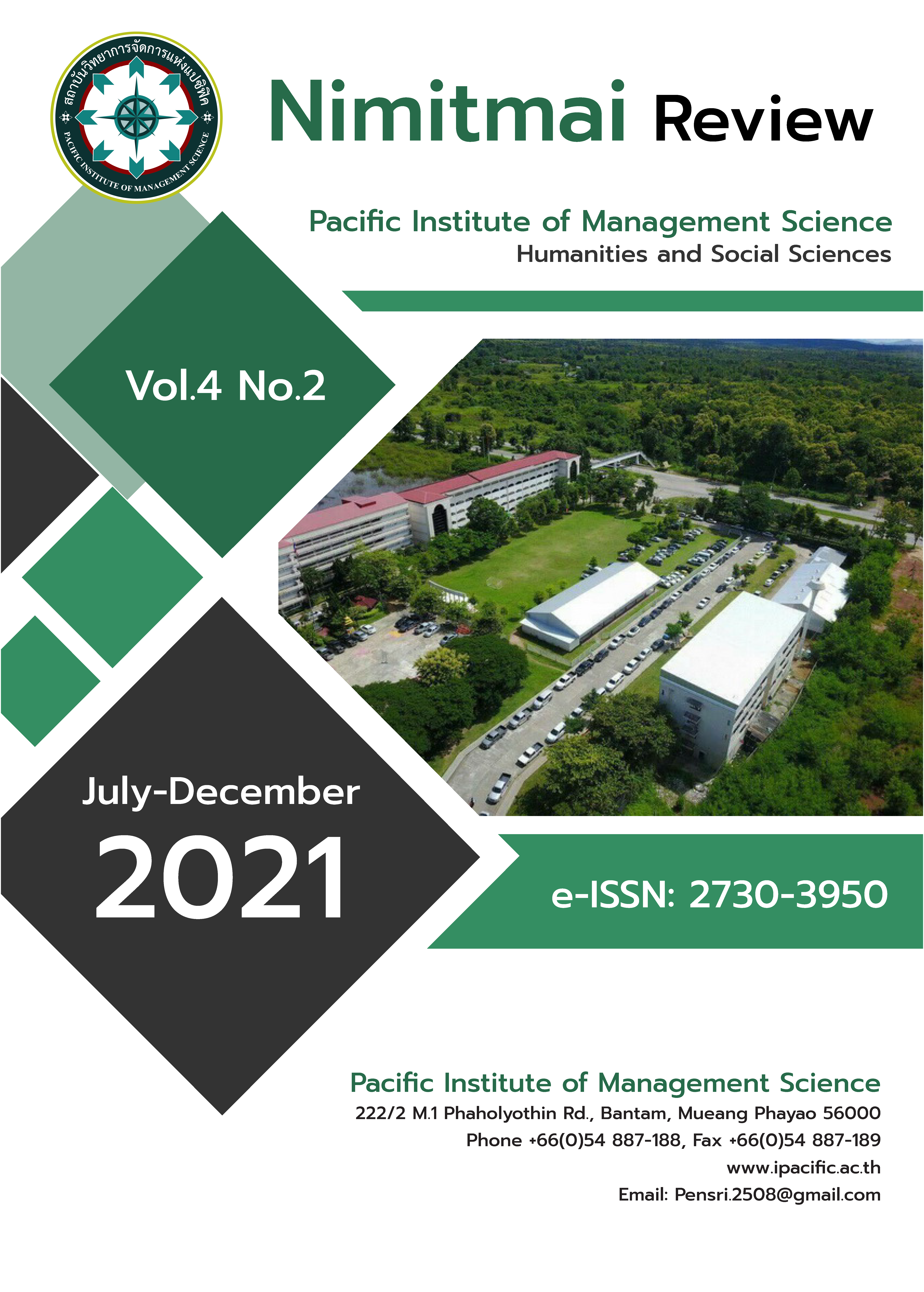Research on WeChat Business Consumer Purchase Intention
Keywords:
WeChat Business, Business Consumer, Purchase IntentionAbstract
Starting from WeChat business consumer shopping behavior model, this paper was discussed the key factors influencing consumer perceived value under various stages of behavior model. On the basis of combination of past literature research and the relevant scholars, experienced WeChat business consumer interviews as a result, from the perspective of consumer behavior model, put forward before the perceived value of the four dependent variable: spread environmental richness and channel relationship, the value of the channel and word of mouth; Then to network consumer behavior theory, transaction cost theory, planned behavior theory, six degrees of separation theory and the long tail theory as the theoretical basis of this study in-depth analysis to explore the perceived value before with the perceived value of three dimension (functional value, emotional value and social value, perceived value, the relationship between the three dimensions are the same as the relationship between the purchase intention, and establishes theory model; Finally, through questionnaire survey and descriptive statistical analysis, reliability and validity analysis and structural equation model analysis, the proposed conceptual model and relevant assumptions are verified. Based on the above research conclusions, this paper was provided suggestions and strategies for traditional WeChat business enterprises to carry out WeChat business marketing, and provides theoretical guidance for the development of social e-commerce, which will help enterprises to better carry out WeChat business marketing activities and promote the healthy and steady development of WeChat business, a social business model.
References
Amaly L, Hudrasyah H. Measuring effectiveness of marketing communication using AISAS ARCAS model. Journal of Business and
Management, 2012, 1(5): 352-364.
Babin BJ, Darden WR, Griffin M. Work and/or fun: measuring hedonic and utilitarian shopping value. Journal of consumer
research, 1994, 20(4): 644-656.
Brynjolfsson E, Hu Y, Simester D. Goodbye pareto principle, hello long tail: The effect of search costs on the concentration of
product sales. Management Science, 2011, 57(8): 1373-1386.
Chevalier J A, Mayzlin D. The effect of word of mouth on sales: Online book reviews. Journal of marketing
research, 2006, 43(3): 345-354.
Dahl RE. Adolescent brain development: a period of vulnerabilities and opportunities. Keynote address. Annals of the
New York Academy of Sciences, 2004, 1021(1): 1-22.
Ding Y, Xiao J. The Theoretical Model of Social Media's Effect on Brand Preference: From the Perspective of Customer
Perceived Value. 2017.
Egger M, Zellweger, Schneider M, et al. Language bias in randomised controlled trials published in English and German.
The Lancet, 1997, 350(9074): 326-329.
Eggert A, Ulaga W. Customer perceived value: a substitute for satisfaction in business markets?. Journal of Business & industrial
marketing, 2002, 17(2/3): 107-118.
Fathi F, Kheiri B. Celebrity Endorsement and Its Effect on Consumer Behavior: A Literature Review. International Journal of
Review in Life Sciences, 2015, 5(10): 619-626.
Goodwin D R, McElwee RE. Grocery shopping and an ageing population: research note. The International Review of Retail,
Distribution and Consumer Research, 1999, 9(4): 403-409.
Hennig-Thurau T, Malthouse E C, Friege C, etal. The impact of new media on customer relationships. Journal of service
research, 2010, 13(3): 311-330.
Jackson M, Tisak MS. Is prosocial behaviour a good thing? Developmental changes in children's evaluations of helping,
sharing, cooperating, and comforting. British Journal of Developmental Psychology, 2001, 19(3): 349-367.
Downloads
Published
Versions
- 2021-12-30 (2)
- 2022-05-01 (1)
How to Cite
Issue
Section
License
Copyright (c) 2021 Nimitmai Review Journal

This work is licensed under a Creative Commons Attribution-NonCommercial-NoDerivatives 4.0 International License.


